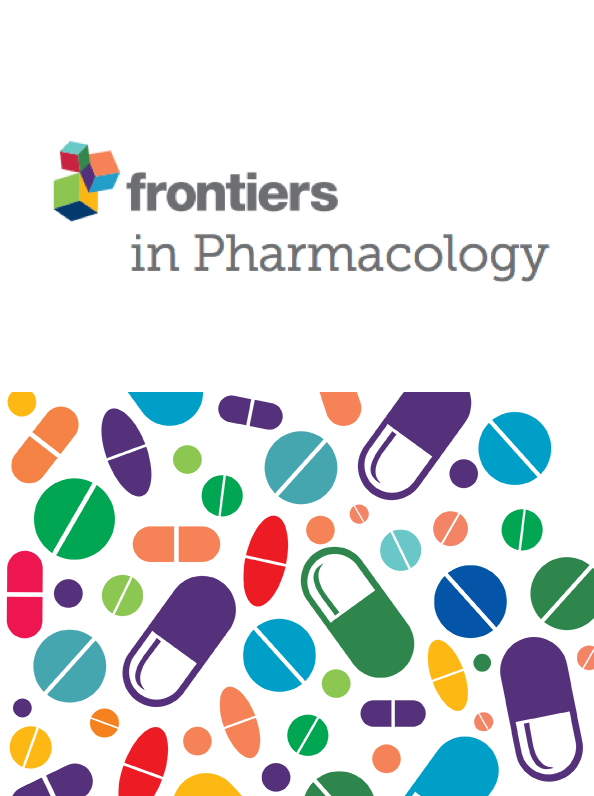Recombinant neorudin and its active metabolite hirudin: the fate in vivo of a novel anticoagulant drug
IF 4.4
2区 医学
Q1 PHARMACOLOGY & PHARMACY
引用次数: 0
Abstract
Thrombosis, a prevalent condition, can provoke severe health issues like acute coronary syndrome (ACS), deep vein thrombosis (DVT), and pulmonary embolism (PE). The rising incidence of these diseases annually significantly impacts patient wellbeing and poses a substantial burden on healthcare systems. Recombinant neorudin is a developing anticoagulant drug for thrombotic diseases whose phase I clinical trials has been completed. The distribution pattern of it and its active metabolite, hirudin, in thrombi, blood surrounding the thrombus and peripheral blood remains uncertain. This study explored their distribution using a rat arteriovenous bypass thrombosis model, revealing higher neorudin levels in blood surrounding the thrombus and elevated hirudin concentrations in thrombus. Recombinant neorudin significantly increased Thrombin Time (TT) in both plasma surrounding the thrombus and peripheral blood, and reduced the wet weight of the thrombus. The results above demonstrated the anticoagulant and antithrombotic efficacy of recombinant neorudin重组新芦丁及其活性代谢产物水蛭素:新型抗凝血药物在体内的命运
血栓是一种常见病,可引发严重的健康问题,如急性冠状动脉综合征(ACS)、深静脉血栓(DVT)和肺栓塞(PE)。这些疾病的发病率逐年上升,严重影响了患者的健康,并给医疗保健系统带来沉重负担。重组 neorudin 是一种治疗血栓性疾病的抗凝药物,其 I 期临床试验已经完成。它及其活性代谢产物水蛭素在血栓、血栓周围血液和外周血中的分布模式仍不确定。本研究利用大鼠动静脉旁路血栓形成模型探讨了它们的分布情况,结果显示血栓周围血液中的新芦丁水平较高,而血栓中的水蛭素浓度较高。重组新芦丁能显著延长血栓周围血浆和外周血中的凝血酶时间(TT),并降低血栓的湿重。上述结果证明了重组新芦丁在体内的抗凝和抗血栓功效。根据新芦丁和水蛭素的分布模式,我们推测新芦丁在血栓形成部位被裂解生成水蛭素,导致水蛭素在局部血栓内迅速积累,从而在血栓内形成较高浓度。这一发现对理解抗凝剂在血栓治疗中的作用机制至关重要,并为血栓性疾病的治疗策略提供了宝贵的指导。
本文章由计算机程序翻译,如有差异,请以英文原文为准。
求助全文
约1分钟内获得全文
求助全文
来源期刊

Frontiers in Pharmacology
PHARMACOLOGY & PHARMACY-
CiteScore
7.80
自引率
8.90%
发文量
5163
审稿时长
14 weeks
期刊介绍:
Frontiers in Pharmacology is a leading journal in its field, publishing rigorously peer-reviewed research across disciplines, including basic and clinical pharmacology, medicinal chemistry, pharmacy and toxicology. Field Chief Editor Heike Wulff at UC Davis is supported by an outstanding Editorial Board of international researchers. This multidisciplinary open-access journal is at the forefront of disseminating and communicating scientific knowledge and impactful discoveries to researchers, academics, clinicians and the public worldwide.
 求助内容:
求助内容: 应助结果提醒方式:
应助结果提醒方式:


